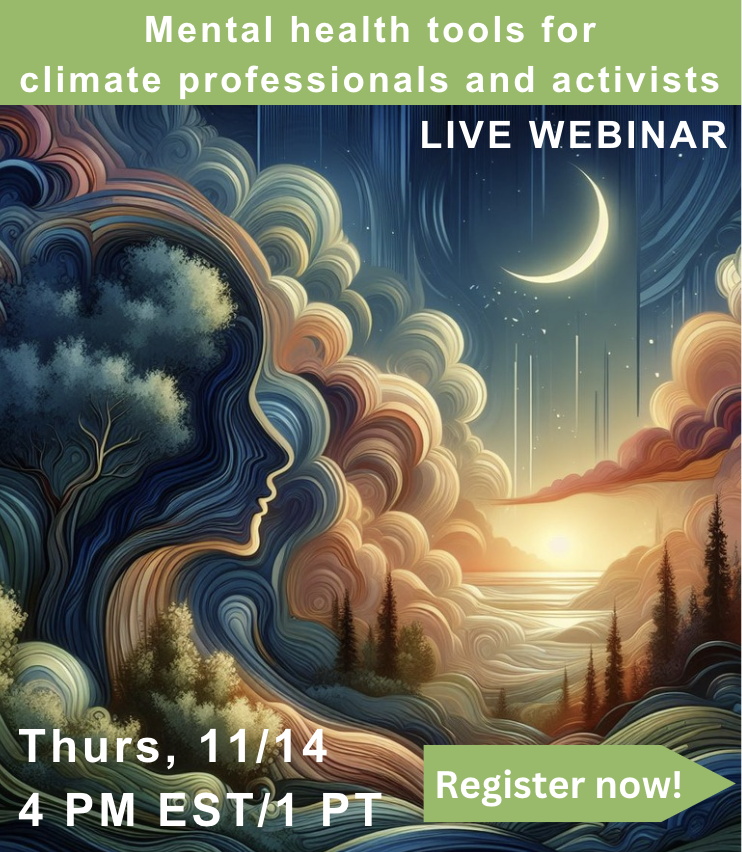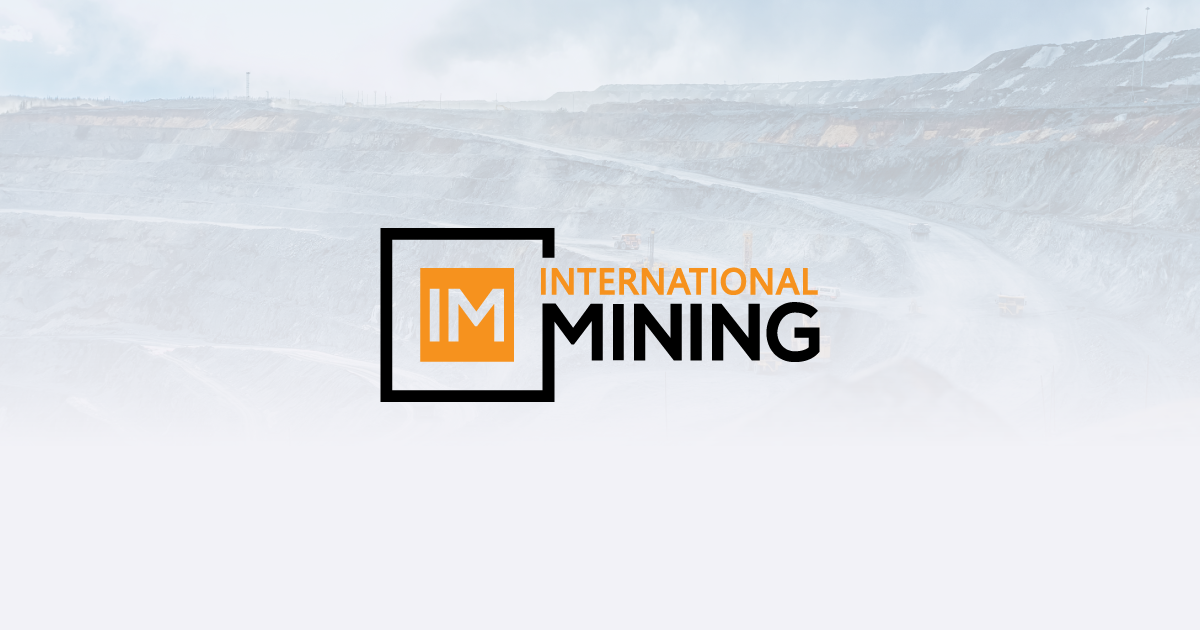Sign up for daily news updates from CleanTechnica on email. Or follow us on Google News!
A recent announcement from the Grand Canyon Railway shows that not only the national park, but the business ecosystem around it is committed to clean transport. But, before I get to the specifics of an exciting new form of clean transport, let’s look at what it builds upon.
The Grand Canyon Has Gone Electric Before
2023 was a great year for clean transport at Grand Canyon National Park. For years, the only way to take an electric-powered trip to the South Rim was to either show up in a Tesla or pay for a somewhat expensive hotel room with Level 2 charging nearby. Flying to the canyon? It’s gas or kerosene. Taking a bus? Diesel on the way up, and natural gas to get around the South Rim’s otherwise decent transit system.
Two stories changed things up.
First, the park took advantage of federal funding to start the process of replacing the natural gas bus fleet with electric buses. Because the South Rim is a lot like a larger city, complete with high-density housing (even if it’s short-term), lots of businesses in close proximity, and many people wanting to go between all of them on most days, it’s an ideal place for transit. Like all places well-suited for transit, electric buses are a perfect fit. Stop and go traffic, predictable and fixed schedules, relatively low speeds—it’s basically the perfect place for battery-electric transport.
A couple of months later, Electrify America opened up the South Rim’s first CCS charging station just outside of the park. This opened up easy EV travel for all brands of EVs (keep in mind this was before anyone announced the availability of adapters or access to the Superchargers). On top of getting there and (perhaps more importantly) getting home, having easy access to charging means that power can be picked up for use around the park, including not just transport, but powering campsites.
Going Beyond Electric Cars
People from all over the planet go to visit the Grand Canyon. It’s a bucket list destination, and it has long been an essential stop on the great American road trip. But, not everyone coming to visit the park comes with a car. Plenty of people need to fly into the area, some coming into the big airport in Phoenix, and others coming into other places like Flagstaff or the airport just outside the park. Those coming in from outside the park without a car often take shuttles, buses, tour vans, and even Ubers or Taxis on occasion to get to the park.
But, one really cool option for the last few miles is the Grand Canyon Railway. Instead of heading into the park on four wheels or on a bus, you can instead head in the old-fashioned way: on a train car. It’s not a long ride, but it winds through lower elevations, up into the trees, and up almost to the edge of the canyon.
For people who want a truly old-fashioned but cleaner experience, there are monthly trips from Williams to the South Rim with a classic steam locomotive and old-fashioned train cars. Unlike the nineteenth century, the train is powered by recycled vegetable oil, making for cleaner burning fuel and for something fairly close to carbon neutrality.
Whether you take a diesel locomotive or a steam train, the concessioner that runs the railway (Xanterra) has a decent hotel at the other end of the tracks in Williams, Arizona. This makes for a good experience, even for people visiting the park without a car. On the website, the company offers packages with hotel room, a train ride, meals, tours, and more for a complete car-free Grand Canyon experience.
Another Electric Link In The Chain
Now, the concessioner is working toward offering an even cleaner option: an electric train!
Xanterra is taking advantage of a $3.4 million federal grant to convert one of the diesel locomotives to battery-electric power. This both provides a clean travel experience in a heritage diesel locomotive while not requiring retrofitting the whole 65-mile track to power the train using catenary wire. In other words, the railway will clean up while not having to reject any of the authentic historical experience.
We are excited to embark on this new project and appreciate the support and funding from the Federal Railroad Administration and U.S. Department of Transportation. Champions of this project include local community Mayors, County Supervisors, Greater Flagstaff Chamber of Commerce and both Arizona Senators Mark Kelly and Kyrsten Sinema. This support allows us to pioneer sustainable, regenerative battery-electric locomotion that will help preserve this landscape and resources for future generations,” said Jeff D’Arpa, Vice President and General Manager at Grand Canyon Railway and Hotel.
The EV conversion will feature regenerative braking, which will help range greatly, as the train goes on a number of ups and downs along the way. This means that the battery will only need a 30% charge for each trip, taking a lot of stress off the battery pack. This will help the pack last about twelve years, and when the pack reaches end of life, it can be re-used for stationary storage while a new pack (likely with better technology in 2037) will power it for at least another twelve years again.
“This project is a unique chance to bring modern efficiency to a historic rail icon,” added Eric Hadder, Chief Mechanical Officer at Grand Canyon Railway. “Our team in Williams is proud to lead the way in regenerative electric technology. We are proud that the locomotive will be constructed by the Railway’s own employees in our Williams Locomotive Shop.”
When completed, the electric railway will make it possible to go from Williams to Grand Canyon Village, and then take electric buses around the South Rim. This will make a clean, low-emissions, car-free experience at the canyon not only possible, but fun. If Amtrak can later add electric rail to Williams or shuttle services from Phoenix can offer electric rides, it’ll be possible to take an all-electric Grand Canyon trip without a car.
Featured image by Grand Canyon Railway.

Chip in a few dollars a month to help support independent cleantech coverage that helps to accelerate the cleantech revolution!
Have a tip for CleanTechnica? Want to advertise? Want to suggest a guest for our CleanTech Talk podcast? Contact us here.
Sign up for our daily newsletter for 15 new cleantech stories a day. Or sign up for our weekly one if daily is too frequent.
CleanTechnica uses affiliate links. See our policy here.
CleanTechnica’s Comment Policy




